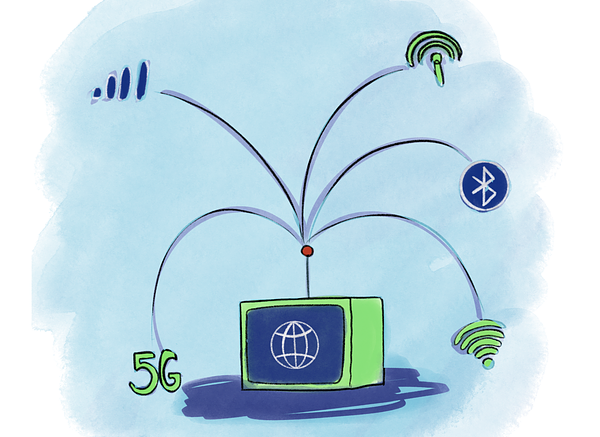Ekram Hossain has been part of the U of M’s department of electrical and computer engineering since 2001. Now a professor and associate head for graduate studies, his research explores wireless telecommunications — the systems that make cell phones, Wi-Fi and satellite connections work.
“Wireless communications is one of the game changers,” he said. “These days, everybody has a cell phone […] Nobody uses fixed phones anymore,” Hossain said. According to him, due to the growing popularity of wireless connection, thinking of any system without its presence is hard to imagine now.
Hossain’s careerbegan after finishing a PhD at the University of Victoria. At the U of M, he has studied core problems in wireless, such as how to share limited spectrum, how to control interference between users and how to improve signal quality when transmissions bounce, scatter or fade in the air.
One of his current projects focuses on “programming the propagation environment” — shaping how signals move through space so that they reach the receiver more clearly. His lab works on advanced antenna technology and reflective surfaces that can redirect and strengthen signals from a base station to a user’s device. Another project looks at integrating satellite internet, such as Starlink, with existing terrestrial systems to reach areas without reliable coverage. “If you go to [the] Arctic, and in the northern part of Canada, [lack of reliable coverage persists]. The infrastructure is not there,” Hossain said. His team studies how low Earth orbit satellites can be combined with ground stations and relays to make connections cheaper and more accessible for small communities.
Hossain’s work also draws on other fields. He has applied optimization, game theory and even economics to questions like how telecom companies set prices or share infrastructure in remote regions. He said telecommunication companies “use theory from economics to model user behavior […] and they know how to charge, how to set the pricing so that they can make money out of it.”
Over his career, Hossain has seen wireless technologies grow from 2G to 5G, with 6G now on the horizon. Academic research often leads industry by about a decade, he explained, meaning ideas developed in academia during the 4G era are now being built into commercial 5G systems. His own publications have been cited over 51,000 times, and his lab’s work has led to several U.S. patents, with some being taken up by industry for practical use.
Hossain said he feels fortunate to contribute significant knowledge that not only advances his own work but also supports the work of others. For him, the future of wireless goes far beyond phones — from streaming and virtual reality to the “meta-verse.”


